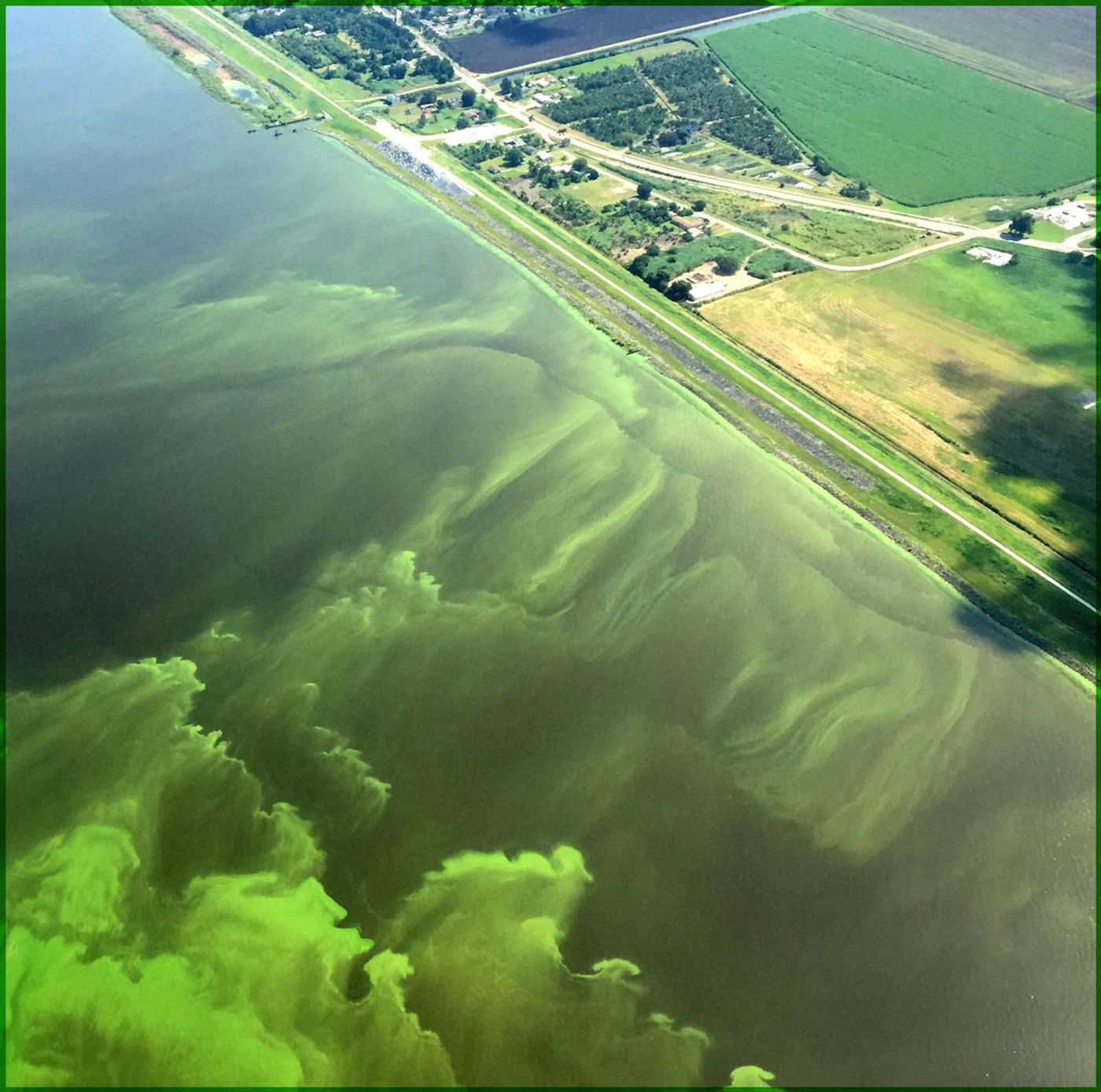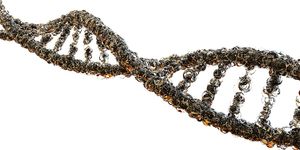How to best prevent agricultural run-off
New research from scientists at Ohio State University provides fresh insights on ways to reduce nitrogen and phosphorus farm runoff into waterways. The research aims to better inform models that guide agricultural practices in attempts to reduce the impacts that runoff has on waterways through the growth of toxic algal blooms. Though not yet published, the research was shared by Ohio State postdoctoral researcher Asmita Murumkar at the American Geophysical Union (AGU) fall meeting in Washington, D.C.
Determining the consequences of farming practices can be a tricky maze to navigate. Decisions such as when to apply fertilizer must be made taking into consideration a whole other slew of external environmental factors, such as precipitation or drought vulnerability – and while there are basic models that help farmers and environmental protection organizations make predictions to make these decisions, the models are not as accurate as they need to be.
Murumkar’s research, on which she collaborated with other Ohio State scientists, utilizes the Ohio Applicator Forecast from the National Weather Service to better understand how the timing of fertilizer application intersects with heavy rains to contribute to nutrient runoff, explains Science Daily.
Jay Martin, a professor of ecological engineering at Ohio State, commented that the goal of the research is to use existing data to get a larger-scale view of how farming practices impact runoff. "We want to better understand how much phosphorus runoff it would reduce in the region," Martin said. "We know from our previous work that fertilizer timing is important, but we want to be able to look across the whole Lake Erie Basin and know best-case and worst-case scenarios and this modeling will help address that," he said.
The researchers also remarked on the confusion that sometimes exists among agricultural communities regarding when is the “right” time to apply fertilizer. "There's more subtlety here than just watching the weather and the ground moisture and we're trying to determine the best solutions that support agricultural production and environmental protection," Martin said. They hope their tool will help clarify that for farmers and environmental organizations alike.
But the research also has the underlying goal of forming better relationships amongst the scientific academic community and agricultural communities. "We know that if you build a bad model it's not going to help anybody make any decisions," said Margaret Kalcic, assistant professor in Ohio State's Food, Agricultural and Biological Engineering Department. "We really want to build trust in truly useful models that will help policymakers, farmers and others. The worst thing would be that people trust models that are telling them the entirely wrong message.”
Sources: Science Daily









